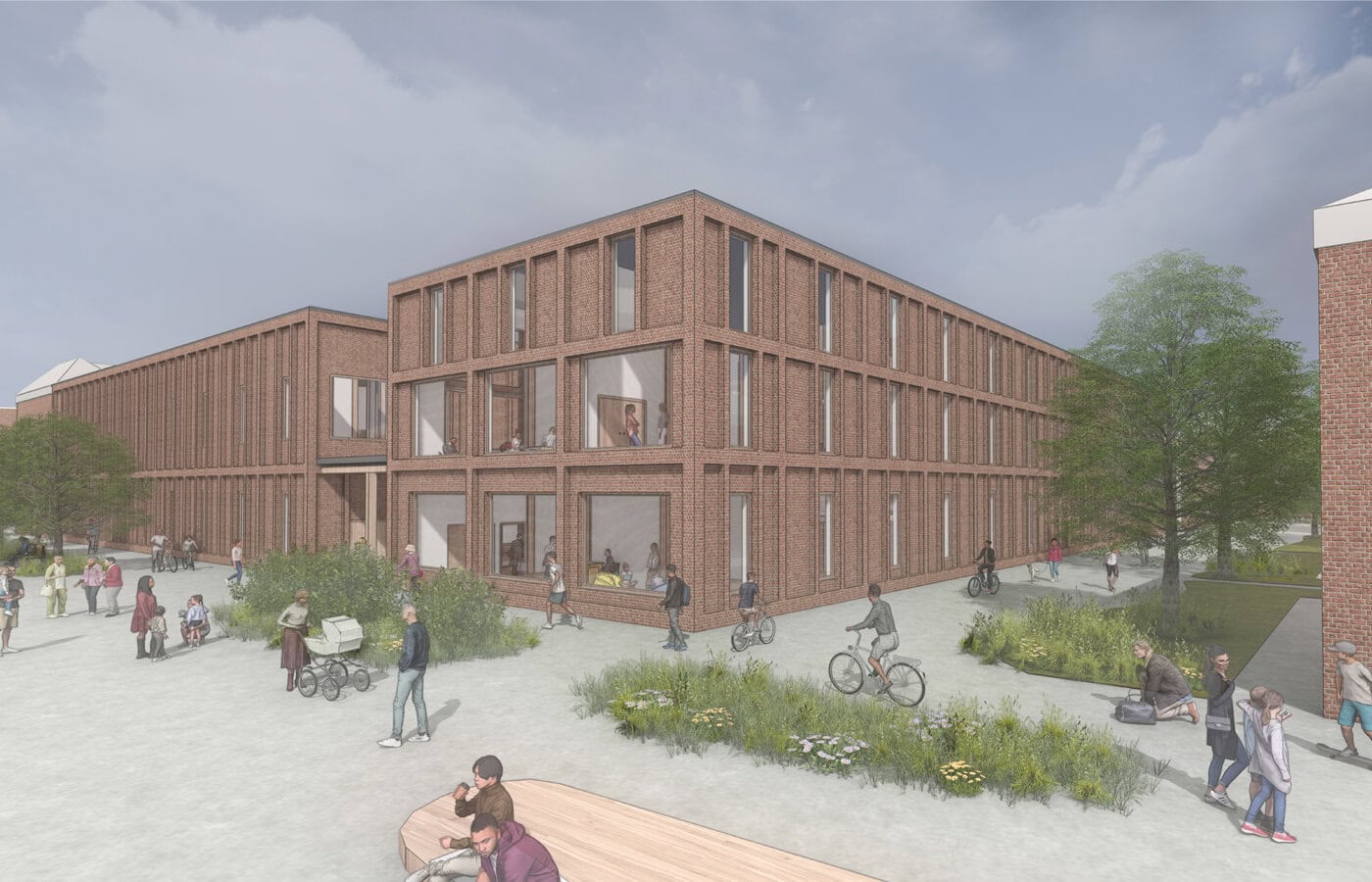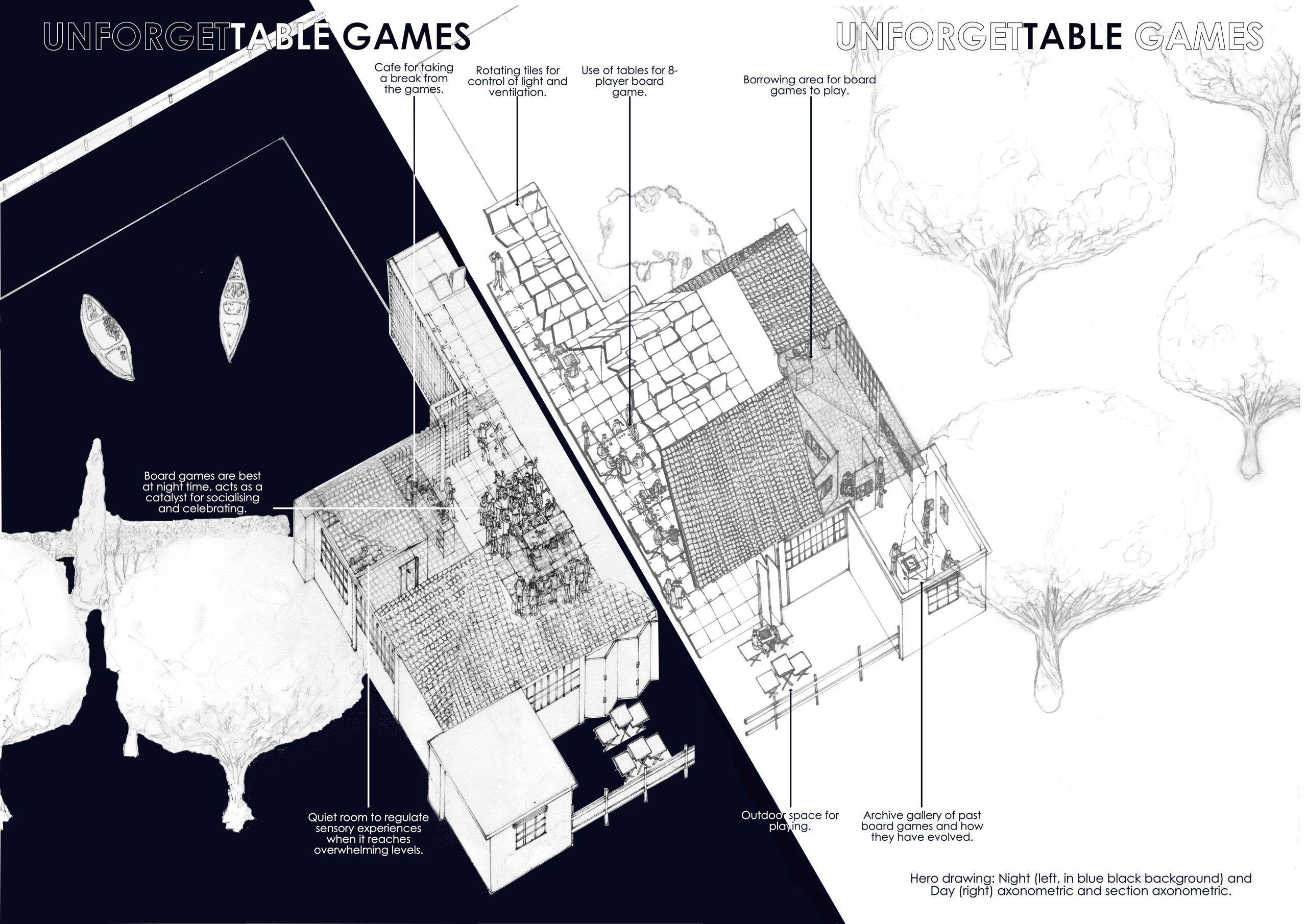DarSouq: Crafting Urban Refuge in the Heart of Norwich
Reframing Marketplaces as Catalysts for Social Change
In an era dominated by ever-shifting global migration patterns, the design of welcoming environments for displaced persons has never been more urgent. Enter DarSouq—a visionary project by recent University of Nottingham graduate Santya Thananjayan, whose architectural thesis reimagines Norwich’s historic market not just as a place of commerce, but as a vibrant lifeline for some of society’s most vulnerable newcomers.
Emerging from a background rooted in socially responsive design, Santya has quickly established herself as a thoughtful practitioner of architecture as an instrument for social healing. Nominated for the Housing Prize at her university’s end-of-year show and shortlisted for the prestigious Matthew Carapiet Humanitarian Award, her project exemplifies both compassion and ingenuity—a testament to the power of architecture to bridge divides and foster belonging.
A Vision Grounded in Human Experience
DarSouq takes direct inspiration from the dynamic, transitional spaces familiar to both thriving Middle Eastern souks and British marketplace culture. Rather than another static shelter, Santya’s proposal reframes the iconic Norwich Market as an economic and social incubator for refugees and asylum seekers. Specifically, the design seeks to support single men—frequently marginalized in existing accommodation policies—by offering them not just shelter, but the scaffolding to rebuild autonomy and connection.
The scheme is underpinned by Santya’s deep research into the lived realities of displacement and the nuanced barriers faced by new arrivals. “Architecture must be attuned to both immediate and evolving human needs,” she writes in her design narrative, “DarSouq is not about providing a blanket solution, but about creating a resilient, adaptable framework that puts people—and their potential—at its very centre.”
Layered Spaces, Layered Lives
At ground level, DarSouq blurs the lines between market trading, social gathering, and urban public life. Colourful stalls, shaded canopies, and communal courtyards are thoughtfully arranged to encourage organic interaction—not just among refugees, but with the wider Norwich community. By embedding these gathering spaces at street level, Santya’s scheme aims to dissolve the boundaries so often drawn between “hosts” and “guests,” cultivating a shared sense of place.
Ascending through the building reveals a carefully calibrated sequence of modular living units. Designed for adaptability and dignity, these residences can flex between short- and medium-term occupancy, with the ability to rapidly expand during periods of heightened demand. Each residential floor integrates generous communal amenities, from shared kitchens to open-air terraces, that nurture opportunities for dialogue, collaboration, and collective healing.
Adaptability in the Face of Uncertainty
One of DarSouq’s most innovative qualities is its capacity for transformation. Modular walls and flexible partitions can be reconfigured, accommodating fluctuating numbers or emergency situations—a vital feature as international events increasingly shape migration at a local level. In this way, DarSouq is conceived less as a fixed building, and more as an ecosystem that responds dynamically to flux and need.
This adaptability extends outward, too: Santya’s proposal allows for the market’s daytime energy to spill seamlessly into evening social events, educational programmes, and cultural celebrations. The structure’s porous edges offer wide sightlines and multiple entries—resisting insular design logic in favour of true permeability between the city and its new inhabitants.
Anchoring Place and Belonging
At the heart of DarSouq lies an ethos of social and spatial reintegration. Rather than isolating new arrivals, the scheme actively forges bonds—between strangers, neighbours, and diverse communities. Shared courtyards, multi-use event spaces, and collaborative economic activities work in concert to flatten hierarchies and nurture agency, giving residents and locals alike the chance to shape their surroundings.
Santya’s architectural language is one of humility and inclusion: sustainable materials, human-scaled forms, and attention to daylighting and green space quietly underscore a commitment to wellbeing. Here, architecture becomes not a gesture of charity, but of solidarity—a shared investment in the health and future of the urban fabric.
Recognition and Looking Forward
The critical reception of DarSouq is a reflection of a broader shift within architectural education and practice, as urgent humanitarian issues increasingly command the field’s creative attention. Being shortlisted for the Matthew Carapiet Humanitarian Award positions Santya among a new generation of designers who see their roles as active agents of change. Her focus on adaptability and community speaks to the complex, intertwined realities of urban life in the 21st century.
With her academic chapter now complete, Santya Thananjayan is actively seeking a Part I Architectural Assistant position—ready to bring her strong sense of social responsibility and hands-on creative skill to a forward-thinking practice. Her journey, like DarSouq itself, is just beginning; both are sure to leave an indelible mark on architecture’s evolving social contract.
Connect with Santya Thananjayan
For those interested in exploring DarSouq in greater depth, or in collaborating with an emerging talent committed to socially transformative design, Santya is keen to connect. Reach out to her via LinkedIn or directly at santyat19@gmail.com.
Santya Thananjayan’s DarSouq is more than a project; it’s a bold invitation to rethink the relationship between the city and its most resilient newcomers. At the intersection of shelter, commerce, and community, her vision sets a compelling precedent for architecture that is every bit as humane as it is innovative.







Add a comment